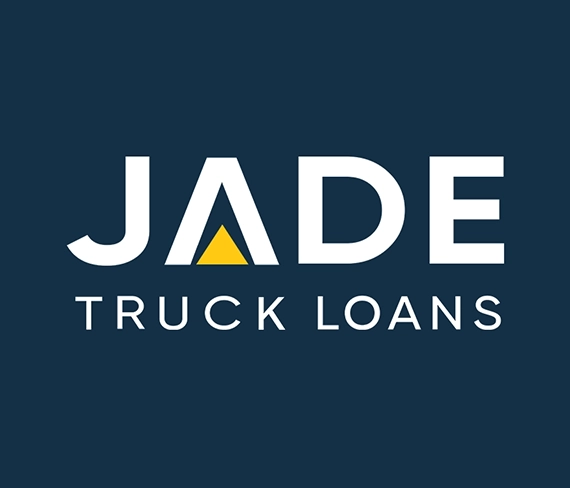Based on the insights gained from the latter part of 2021 and the entirety of 2022, the majority of Australians are now acquainted with the correlation between escalating inflation and the subsequent surge in interest rates. Inflation's ascent began to manifest towards the close of 2021, prompting the Reserve Bank (RBA) to take corrective measures by instituting its initial cash rate hike in May 2022. Subsequently, a keen audience has formed, tuning in on the first Tuesday of every month to ascertain the determinations of the RBA Board regarding interest rates.
So what is the latest situation? The ABS – Australian Bureau of Statistics is the body tasked with collated and announcing a raft of economic data including the inflation figures. More correctly, the CPI – Consumer Price Index, which is a measure of inflation.
The last figures released in 2022 were for the October reporting period which showed a 0.4% fall in inflation from 7.3% to 6.9%. While many may have hoped this would be the start of a downward trend and cheaper times ahead, at its December meeting, the RBA changed its outlook for inflation. From 7.75% to 8% in 2022. With two months of data to go and the December quarterly figures to come.
On 11 January, the ABS released the CPI statistics for the November period and that 0.4% October fall was totally lost with a 0.4% increase. Inflation is back up to 7.3% as of end of November and the RBA Board is set to make its February decision on the cash rate in a matter of weeks.
For those considering new trucks with finance, the latest inflation increase may have relevance in a possible rise in interest rates at the RBA February meeting. The RBA Board has repeatedly stated that it will consider the available data when making its decisions on interest rates. Prior to that 7 February meeting, the ABS will also be releasing the December data sets including the quarterly report.
CPI – November Reporting Period
The ABS reports that the monthly CPI indicator, in the 12 months to November 2022, rose 7.3%. Ms Michelle Marquardt from the ABS said that this data indicated ongoing inflationary pressures.
The major contributors to the rise over the period were identified by the ABS as housing which was 9.6%, non-alcoholic drinks and food which was up 9.4%, transport which was up 9%, the category which includes household equipment such as furniture and services was up 8.4%, transport up 9% and a 5.8% increase was recorded for culture and recreation.
Ms Marquardt said that the high costs for materials and labour contributed to the yearly increase of 17.9% in prices for new dwellings. Though she noted that there was an easing in the rate of growth of prices in this area – 20.4% in October, 17.9% for the November period.
Driving prices up in the food are the increasing costs of operating plus wages and high electricity costs as well as the supply impacts caused by weather events such as the floods. Transport prices saw some impact from the resumption of the fuel excise but were up 16.6% compared with 11.8% in October.
The ABS notes strong movements for 2022 in the holiday sector – travel and for accommodation. Not surprising due to the COVID recovery. But the November figures were higher than expected for this time of year. Up 12.8% when normally in November, there is a downturn coinciding with end of the school holiday period.
While this increase for the period will be disappointing who were hoping for a continuation of the downward trend, a truer picture of the situation may be revealed when the December quarterly CPI figures are released. These are due from the ABS on 25 January, as is the monthly inflation data for December.
This data will no doubt attract keen interest from the RBA Board ahead of its February decision.
Interest Rates Outlook
Interest rates in general are currently being very much determined by the rate of inflation. The RBA Board has repeated each month that its objective is to bring inflation back to the target level of 2-3%. It has also consistently said that it is not on any pre-established plan when it comes to rate rises. The Board is considering the data as it comes in and has all options on the table.
That was highlighted in the Minutes of the Board’s December meeting where discussions of several options were minuted. The options were to make no change to the cash rate; to return to the larger 0.5% increases; and to maintain the consistent approach with a 0.25% increase. The latter being the December decision.
When considering truck loan interest rates, it's important to note that lenders have the autonomy to deviate from RBA rate adjustments, as each lender formulates its own decisions regarding interest rate changes. However, given the upward trajectory of rates throughout 2022 and the RBA's signal of potential future hikes, the significance of leveraging services and resources to secure Cheaper Truck Finance Interest Rates becomes even more pronounced.
Operators looking to proceed with truck acquisitions before a potential rise in interest rates in early February can engage with us for swift and cost-effective service, benefiting from our diverse Loan Divisions. We provide competitive truck loans across our portfolio to meet your needs.
Contact Jade Truck Loans on 1300 000 003 to secure cheaper truck finance interest rates.
DISCLAIMER: THIS INFORMATION IS ISSUED PURELY FOR THE PURPOSE OF GENERAL INFORMATION PROVISION. IT IS NOT TO BE TAKEN AS THE ONLY SOURCE OF INFORMATION FOR BASING FINANCIAL DECISION-MAKING. THOSE REQUIRING FINANCIAL GUIDANCE AND ADVICE SHOULD CONSULT WITH THEIR FINANCIAL CONSULTANT OR ADVISOR. NO LIABILITY IS ACCEPTED FOR ANY MISREPRESENTATION OF POLICIES, DATA OR ERRORS IN THIS CONTENT.


 " alt="">
" alt="">